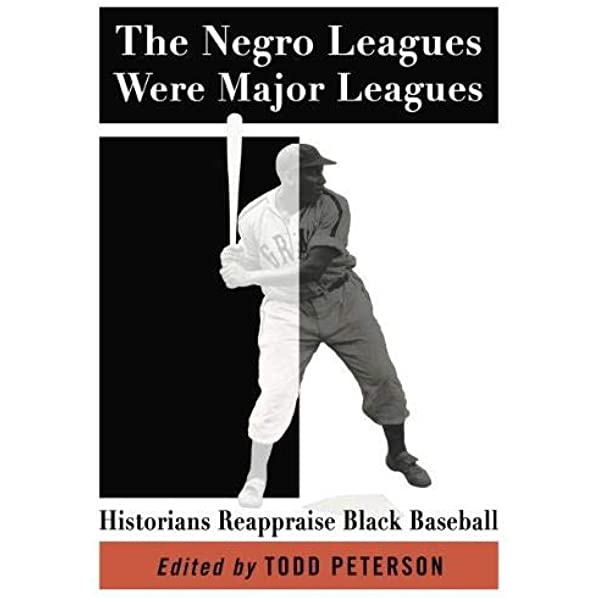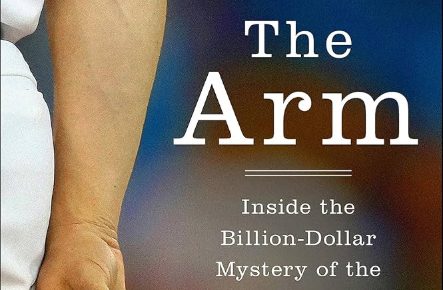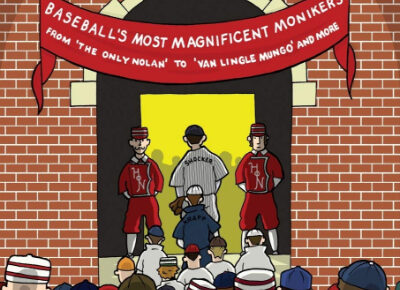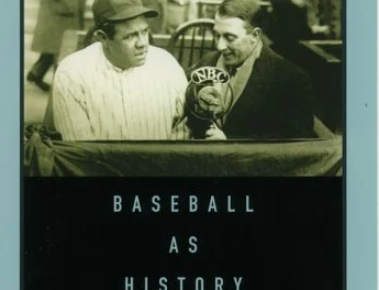If ever there was a topic that is geared specifically for me, it’s the topic that this book purports to be about. I have written extensively about the major league status of the leagues I have come to refer to as the Negro major leagues. Any exploration of this topic is welcome by me as it still remains an area that needs to be sifted through more than it ever has. That’s why I broke my wait a while rule and bought Todd Peterson’s The Negro Leagues Were Major Leagues as soon as the book was published.
It took me a bit to get to the actual book and in some ways, I wish I had waited longer. My anticipation before I read the book ended up dwarfing what the book actually offered. At the end of the day, I don’t believe this is a situation where I am putting the cart before the horse as far as my expectations are concerned. When you tell me there’s a book about the Negro major leagues deserving to be viewed as such and that it will include chapters from the likes of Michael Lomax, Larry Lester, Ted Knorr, and Robert Cottrell there’s no reason for that book to not be an amazing work of baseball history and study. Yet, that’s not what the Negro Leagues Were Major Leagues ends up being.
From the onset, I had some big problems with the book, namely the inclusion of the Lester chapter. If he’s not willing to take an actual stance on the question at hand then why include him in the book? I understand that he was included for name value. However, it feels like a giant cheat to have his only contribution be a few pages where he details the incomplete nature of Negro major league stats. This book doesn’t exist for that information, it exists to answer the question about the major league status of the Negro Leagues.
The book suffers from being far too stat-heavy. I’m a stats guy myself, however, ultimately I don’t believe that the stats as they were presented throughout most of the book, actually help to answer the question of the Negro Leagues’ major league status. Not only do they make for very dull reading, but they address the issue from the perspective of the white major leagues being the standard that the Negro Leagues needed to aspire to match.
While I understand that most arguments about this topic use the “let’s compare the Negro Leagues to the white major leagues” framing that doesn’t mean I agree with that approach. The Negro Leagues weren’t a group of upstart leagues trying to reach Major League Baseball’s status. They were fully formed leagues that deserve to be judged on their own merits and the better question to ask is, “how do the white major leagues stack up to the Negro major leagues?” There’s no reason that we should accept wholesale that the white major leagues were without question better and the mountain top that the Negro Leagues were trying to reach. The white major leagues were, by their very structure and restrictive rules, lesser than the Negro Leagues, we just don’t want to admit as such.
That’s not to say that The Negro Leagues Were Major Leagues is a total loss. The chapter from Knorr is great and is the only chapter that tackles the question of the Negro League’s status head-on. Other chapters like Lomax’s and Cottrell’s make more philosophical arguments about the Negro Leagues’ major league status. Still, the prevailing point in every one of these chapters is that the major leagues aren’t held up as a benchmark. Knorr establishes baseline criteria to judge all leagues against. Lomax addresses cultural change and how that can only come from a major league. Cottrell breaks down a legend and uses Rube Foster’s accomplishments as the signs of leagues that could not be defined as anything but major.
I really wanted to love The Negro Leagues Were Major Leagues. There’s definitely some great content in what Peterson has put together. At the same time, there’s a lot of space devoted to either not addressing the actual subject of the book or approaching the subject in a manner that I find intellectually suspect. Despite its great promise my ultimate recommendation is to not spend your time or money on The Negro Leagues Were Major Leagues. Track down the writings from Knorr, Cottrell, and Lomax, but the rest of the book can easily be left to the dust bins of time.
Lead photo courtesy of Unknown – McFarland & Company




